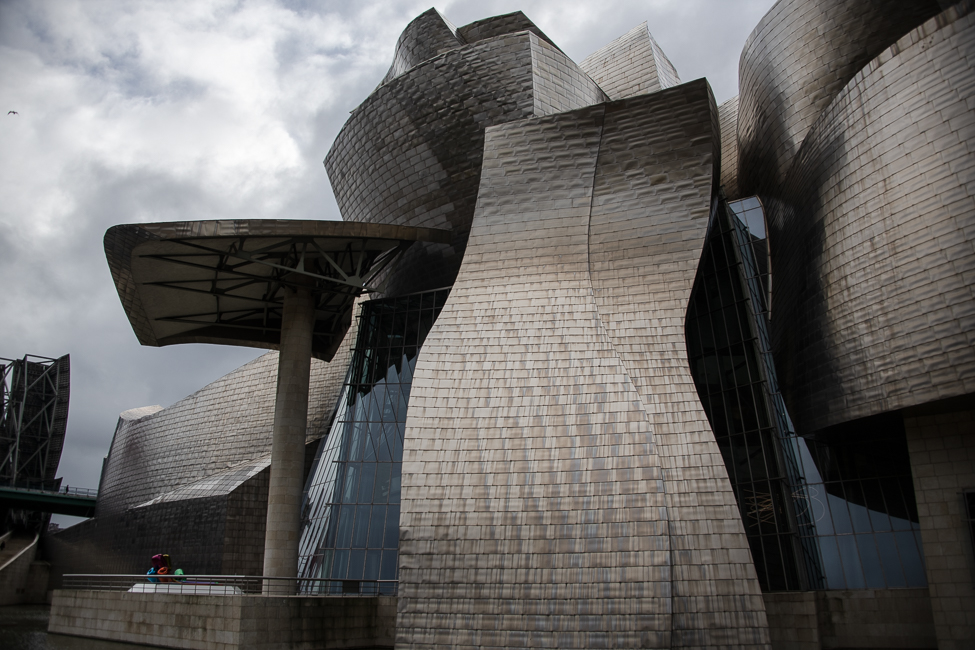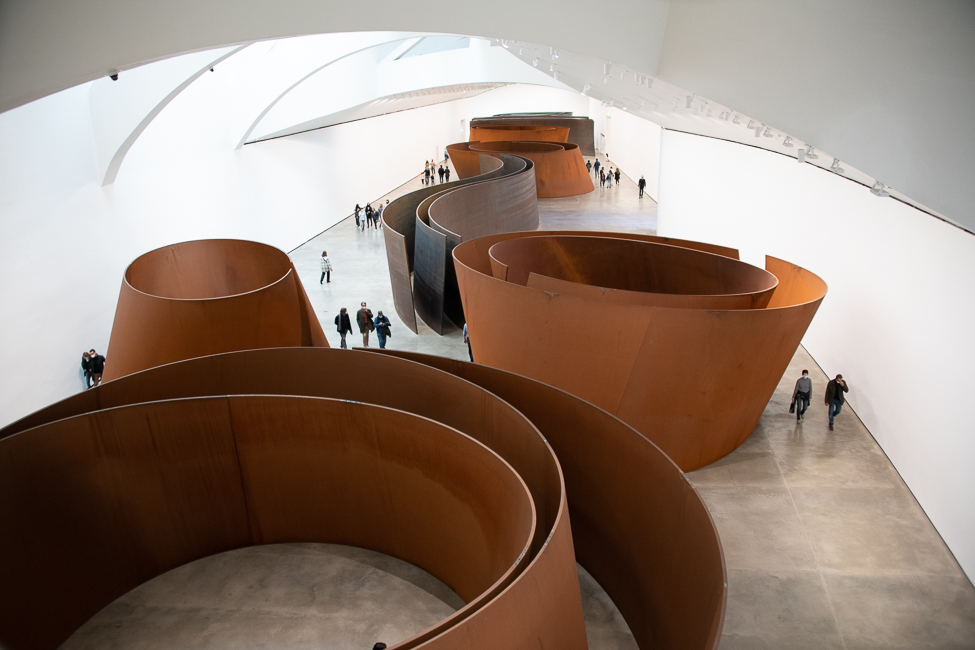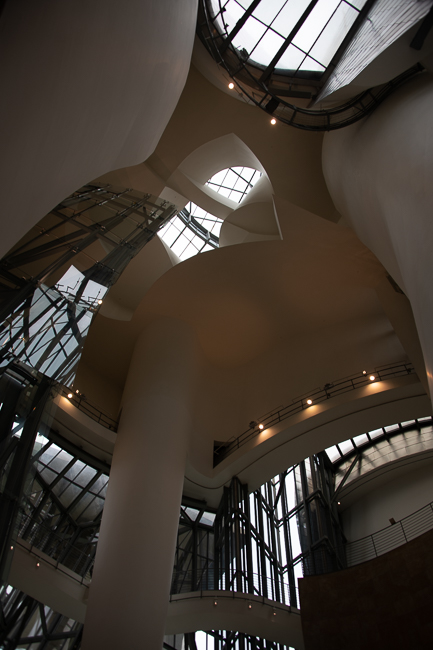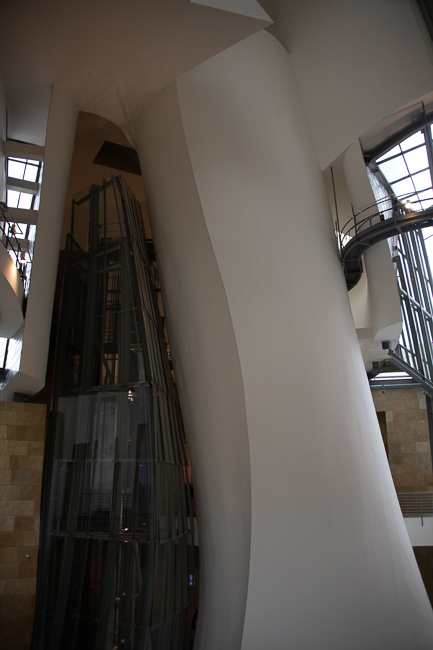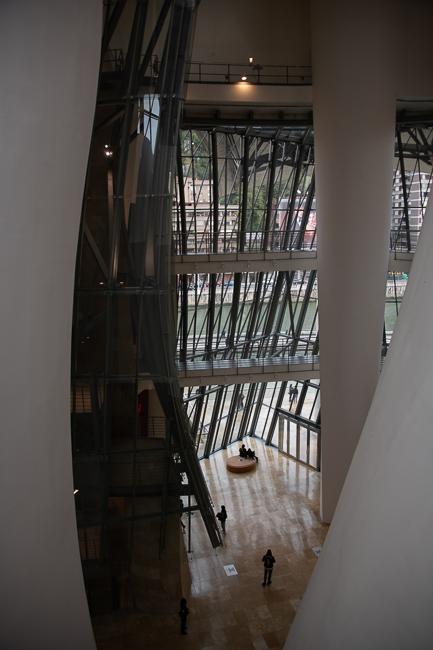The La Salve Bridge is somewhat incorporated into the museum. While not technically, they seem to be intertwined visually. Apparently the bridge was once rather industrial looking and the Guggenheim hired sculpture Daniel Buren to make it less so. Buren essentially created 3 arcs that are equidistant from each other. The surface is red and the inside of the arches are black and white, to ostensibly make the bridge stand out.
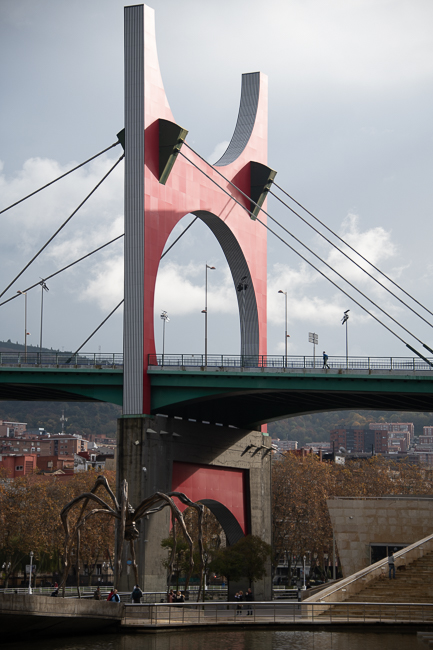
Around Bilbao
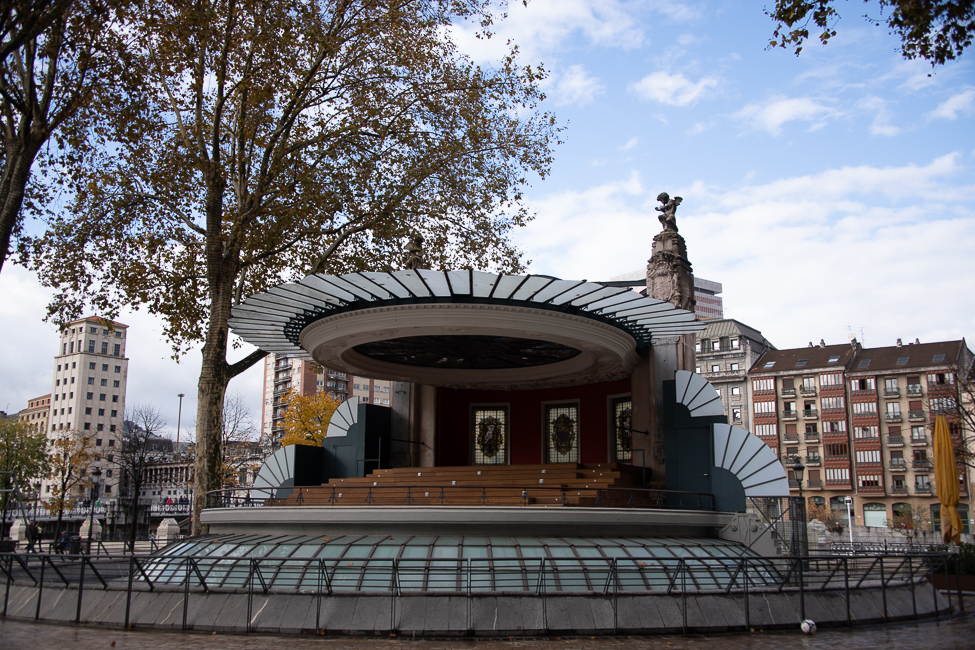
Arenal Kiosk
This lovely bandstand was designed by architect Pedro Ispizua in 1923. Notice the stained glass windows in the back as well as the ceiling, and spot the small angels looking down from above.
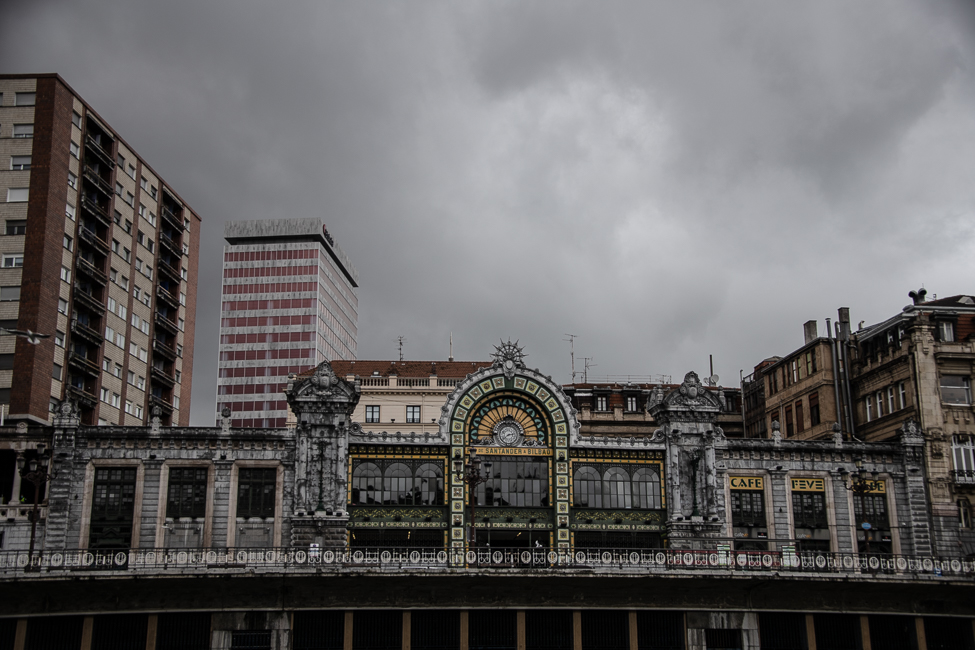
The Concordia railway station
The Concordia railway station opened in 1902. It was built according to the original 1893 plans by the engineer Valentín Gorbeña and the 1898 plan by the architect Severino Achúcarro, who designed the façades. Severino was a key architect and urban planner during the city’s transition from the nineteenth to the twentieth century. The majority of his work can be found in Bilbao’s historical Old Town and the Ensanche area. His work covered a variety of architectural trends including, Neo-medievalism, eclecticism, and modernism.

*
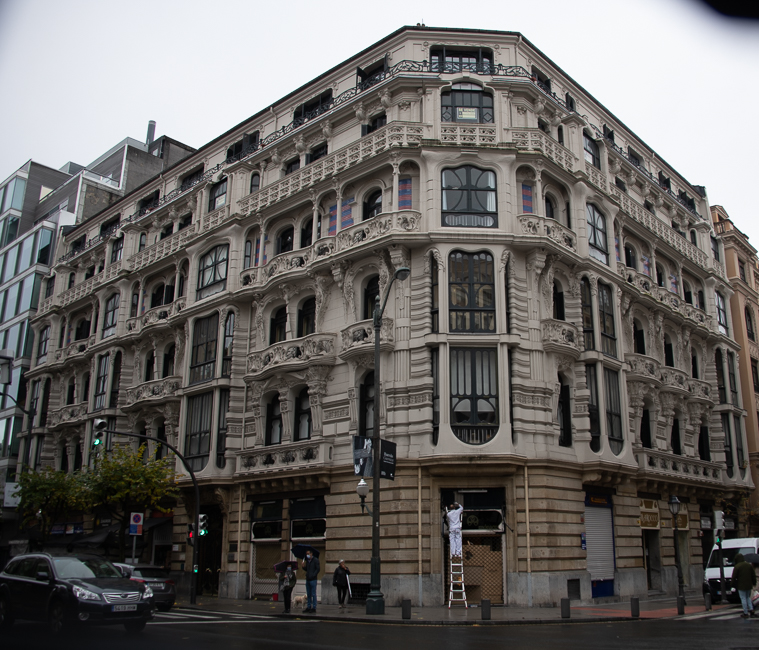
Casa Montero
Located in Alameda Rekalde, this building is popularly known as The Gaudí House. It stands as the only residential example of modernism in Bilbao. Built in 1904 and designed by architect Luis Aladrén.
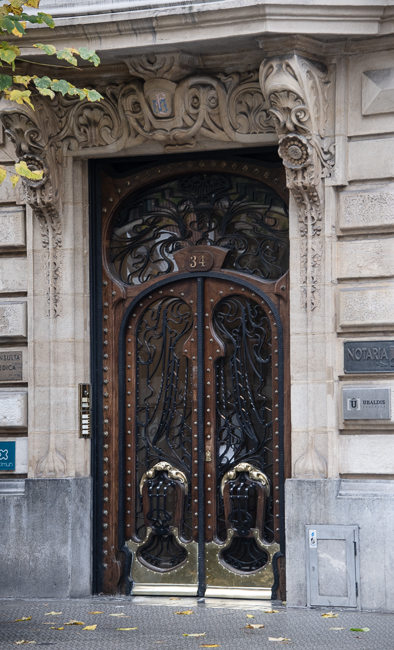
The front door of the Casa Montero
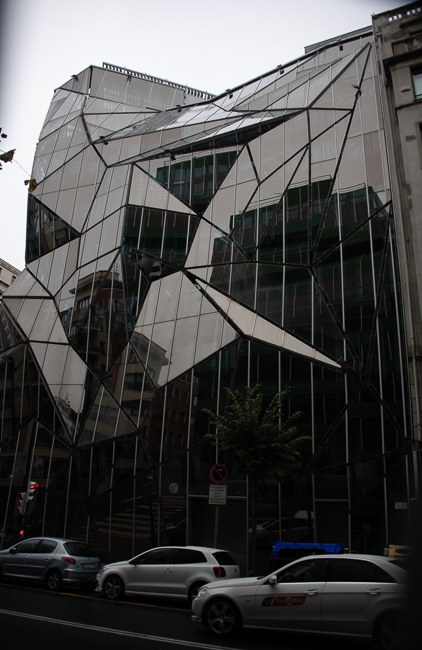
The Ministry of Public Health
This reflective geometric building is the Headquarters of the Basque Health Department. Designed by Coll-Barreu Arquitectos it was completed in 2004.
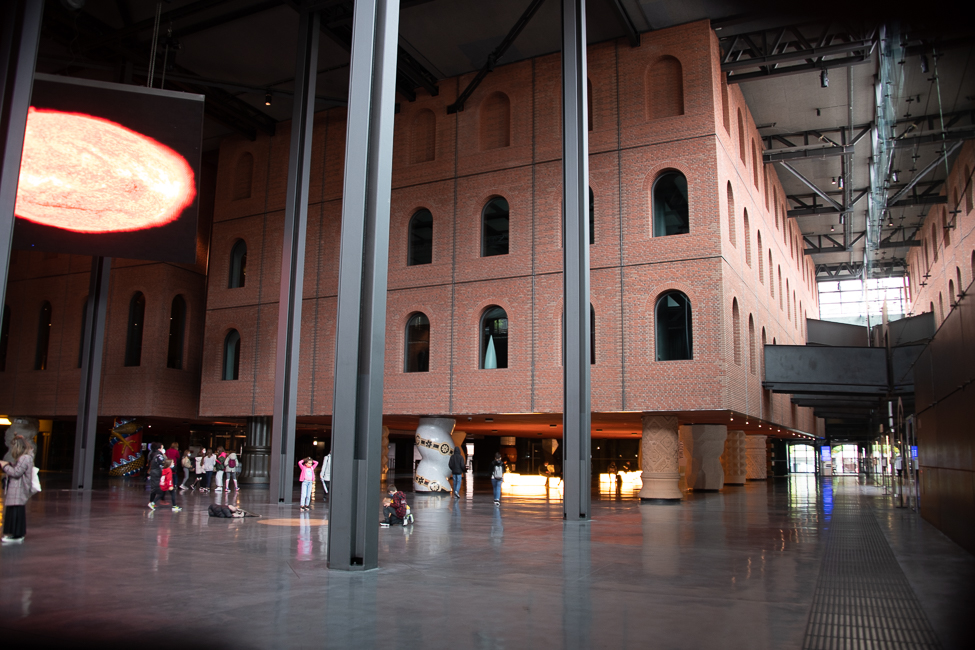
Interior of the Azkuna Zentroa
Azkuna Zentroa, once the city’s corn exchange was designed by Basque architect Ricardo Bastida and opened in 1909. At that time it was known as the Alhóndiga Bilbao. French designer Philippe Starck in collaboration with Thibaut Mathie converted the building into a culture and leisure center by adding three new structures to the interior of the old warehouse. The new buildings rest on 43 unique columns.
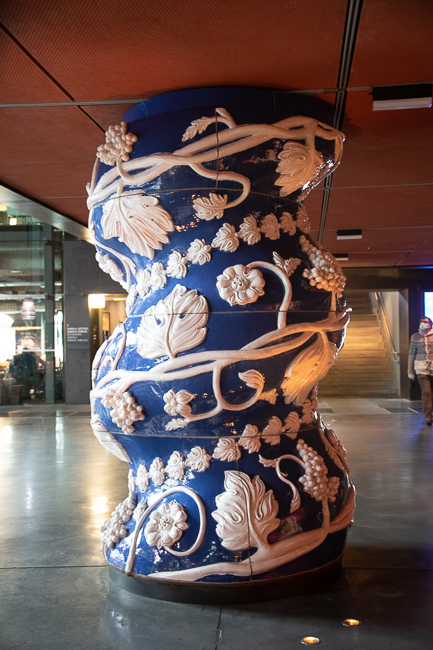
Akuna Zentroa column
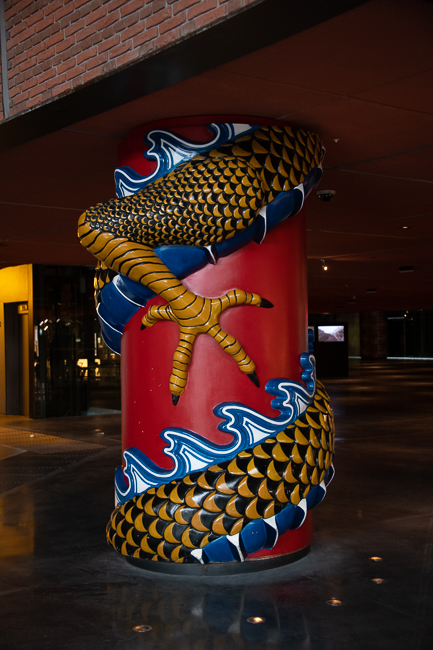
Azkuna Zentroa Column
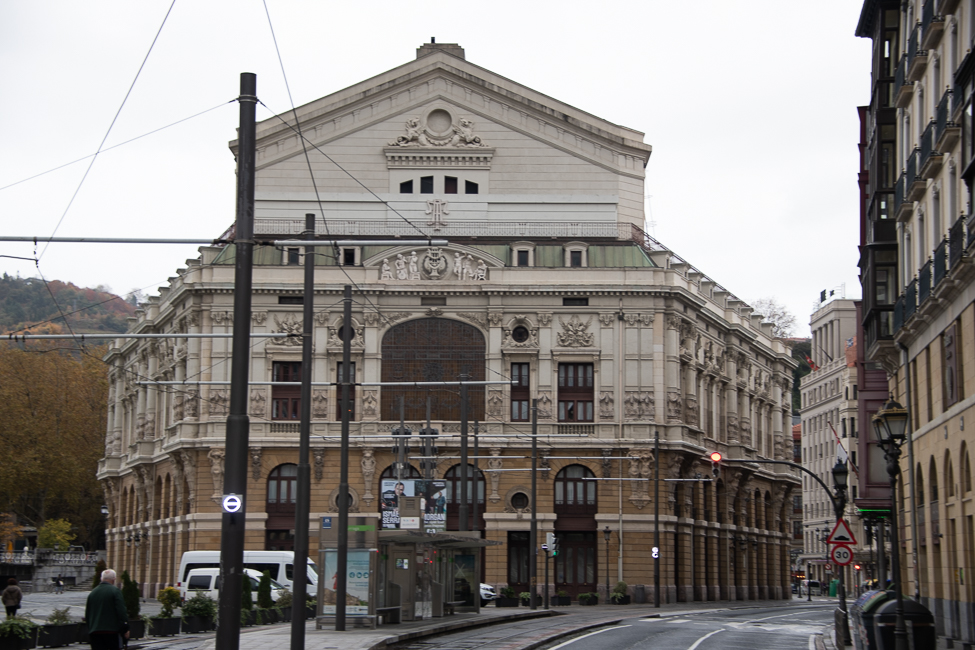
Teatro Arriaga
I could spend an entire post on the Teatro Arriaga, Bilbao’s opera house. Built in the Neo-baroque style by architect Joaquín Rucoba in 1890. The theatre was rebuilt in 1985 after severe flooding destroyed it in August 1983.
The opera house is named after Juan Crisóstomo de Arriaga, known in his time as the “Spanish Mozart”.
Here is just a very small sample of some of the opera house’s ornamentation:
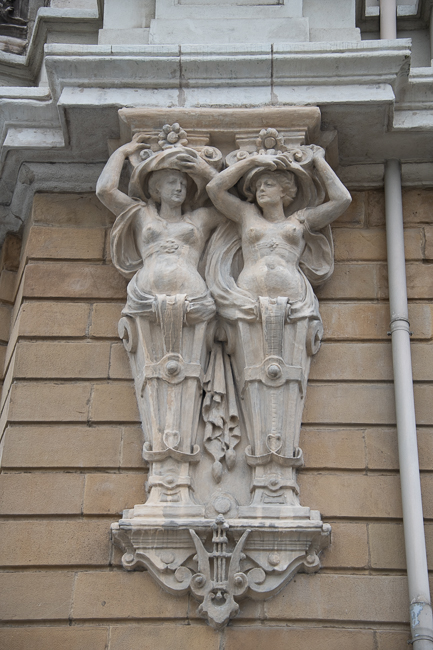
Classic Caryatids
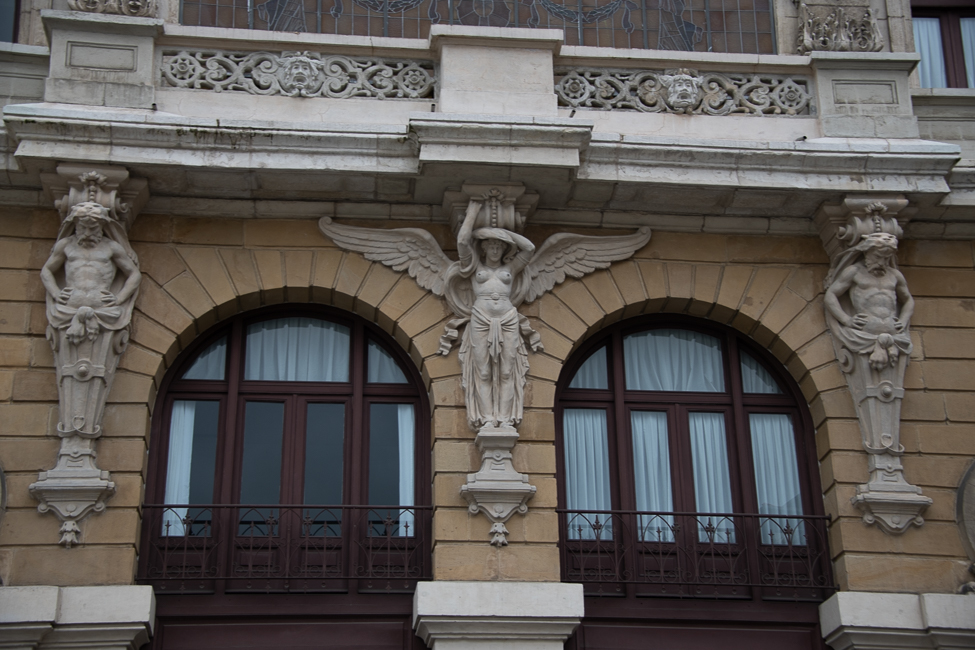
Atlas figures flank an angelic caryatid.
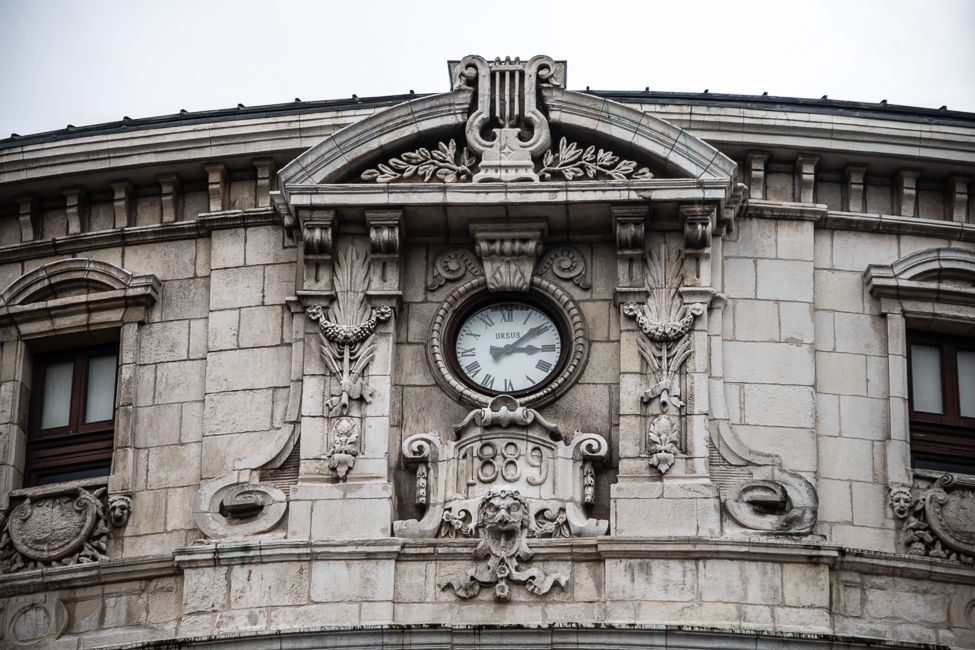
The clock of the opera house

Stunning brackets on the opera house
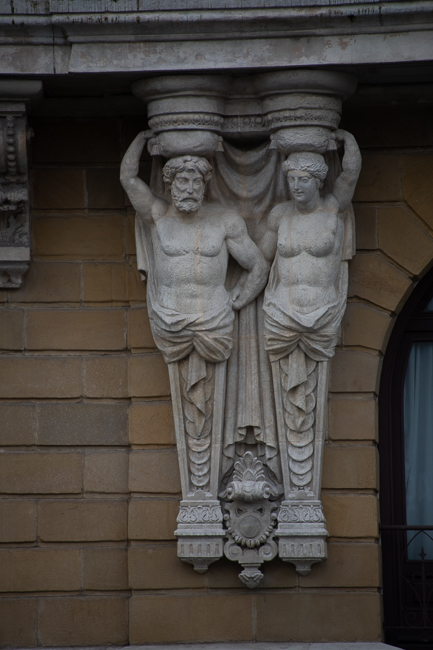
On August 26, 1983, rains came down in this part of Spain and within 24 hours the weather service had recorded 1.5 billion tons of water had fallen in the areas around Bilbao. The river rose 15 feet. The floods were the greatest disaster to hit Bilbao in living memory. It devastated and destroyed the oldest portion of Bilbao. Fortunately the Casco Viejo or Old Town rebuilt and is now a vital area of Bilbao.
Bridges of Bilbao
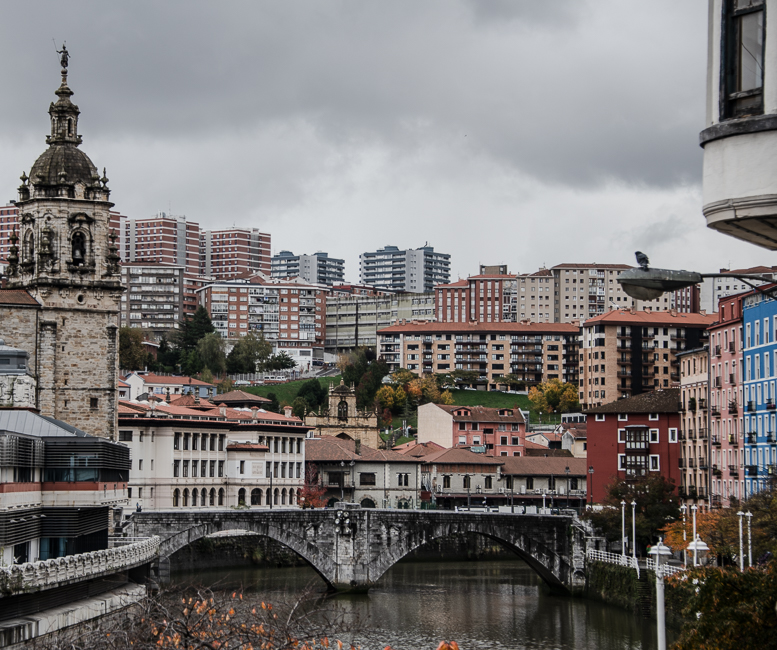
The San Anton Bridge
The San Anton Bridge was originally built in 1318. It was rebuilt in 1880 after being damaged in the Carlist Wars, a civil war between supporters of the Spanish regent Maria Christina, known as liberals, and those of the late king’s brother Carlos of Borbón, known as Carlists. The bridge was once again rebuilt in 1937, only to be demolished in the Spanish Civil War. The bridge that is seen today was built in 1937.

These lovely creatures welcome’s you to La Merced Bridge. It is said they bring good luck when rubbed.
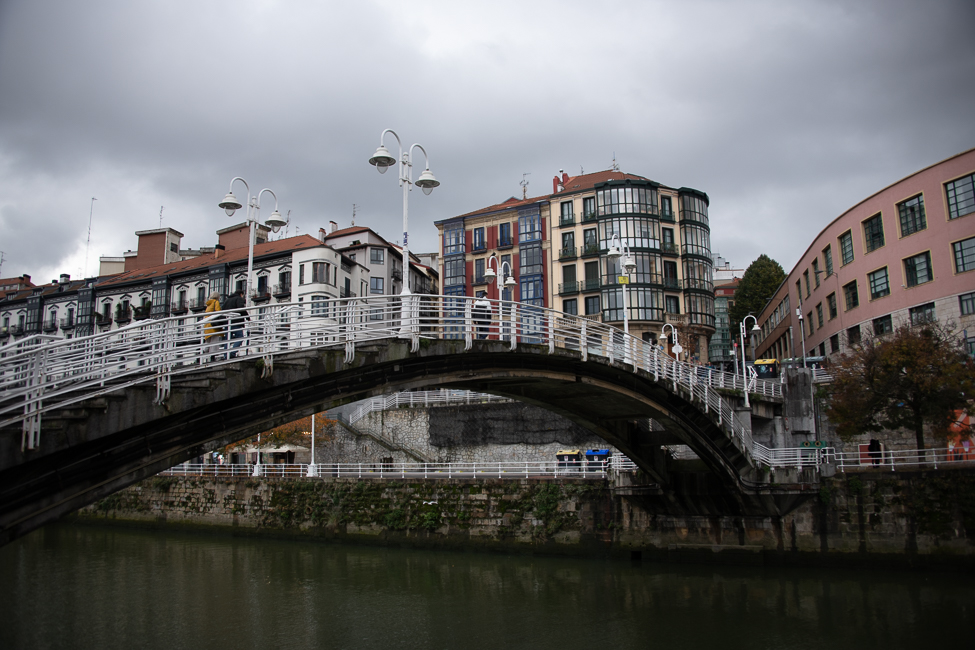
La Ribera Bridge
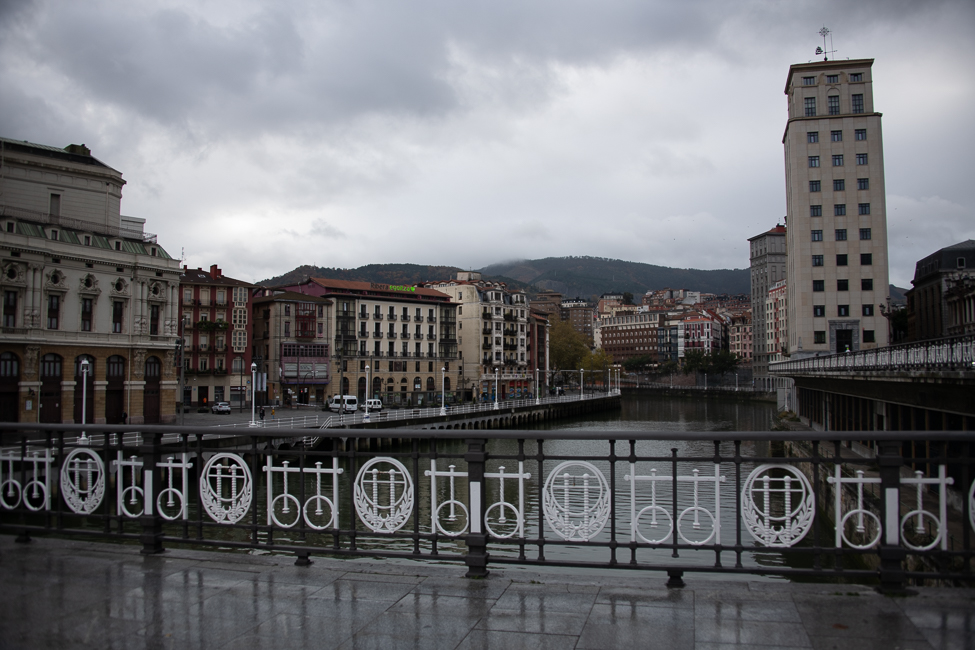
Standing on the Arenal Bridge looking at the Nervión River
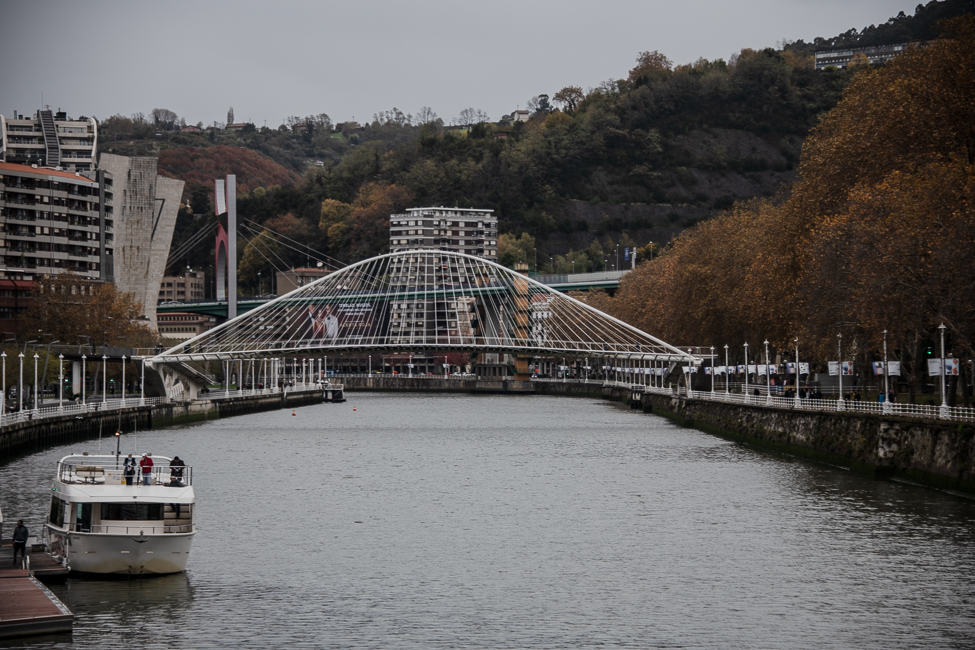
The Zuzuberi Bridge
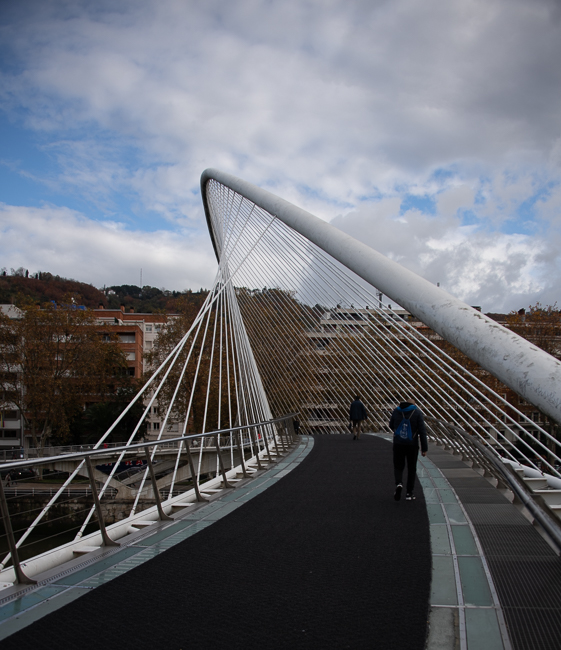
The Zuzuberi bridge base is glass, a problem in the rain, so this black mat is down for ones protection, but does detract a bit from the “look” of the bridge
The Zubizuri bridge, which means “white bridge” was designed by Santiago Calatrava in 1990.
Some of the amazing architecture of Bilbao

A fairly new statue in Jado Square
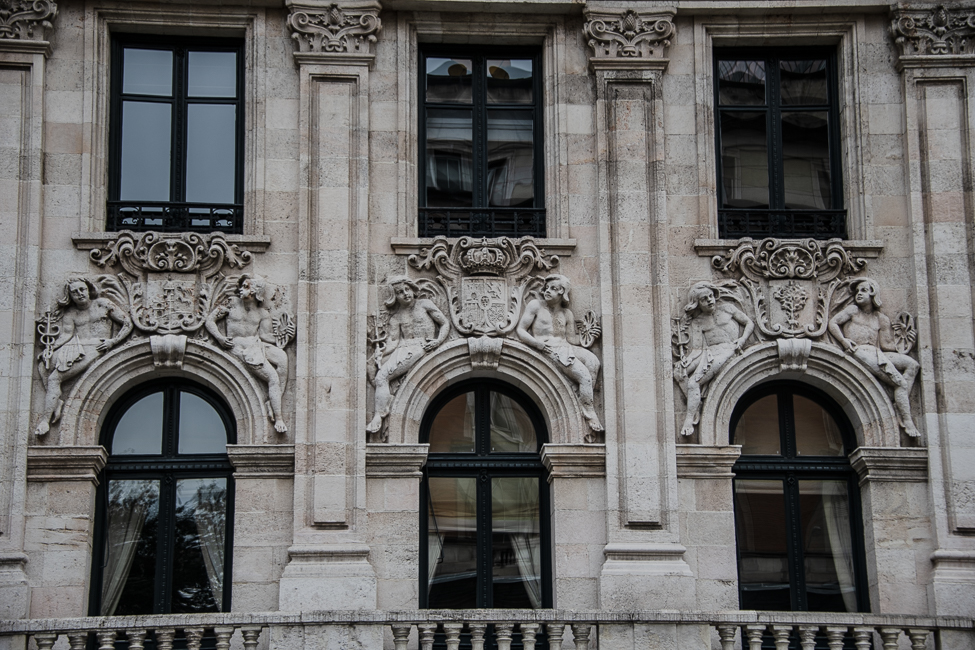
Carvings over the entrance to the Bolsa de Bilbao (Their Stock Exchange)
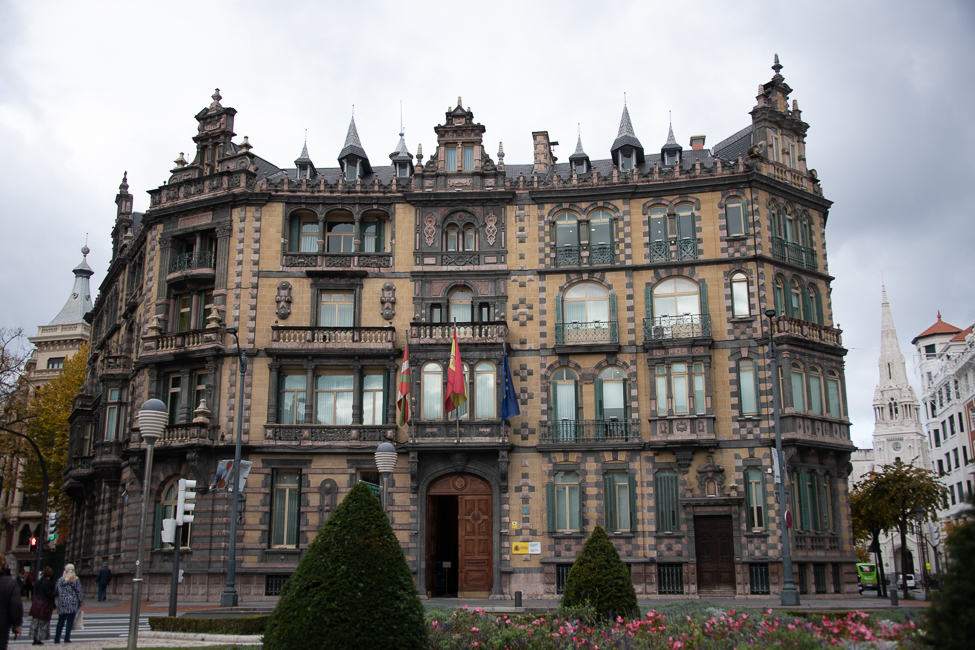
5 Moyou Square – Palacio de Chavarri
The Palacio de Chavarri was originally a residence and was built by Belgian Paul Hankar in 1894. It is now a government building.
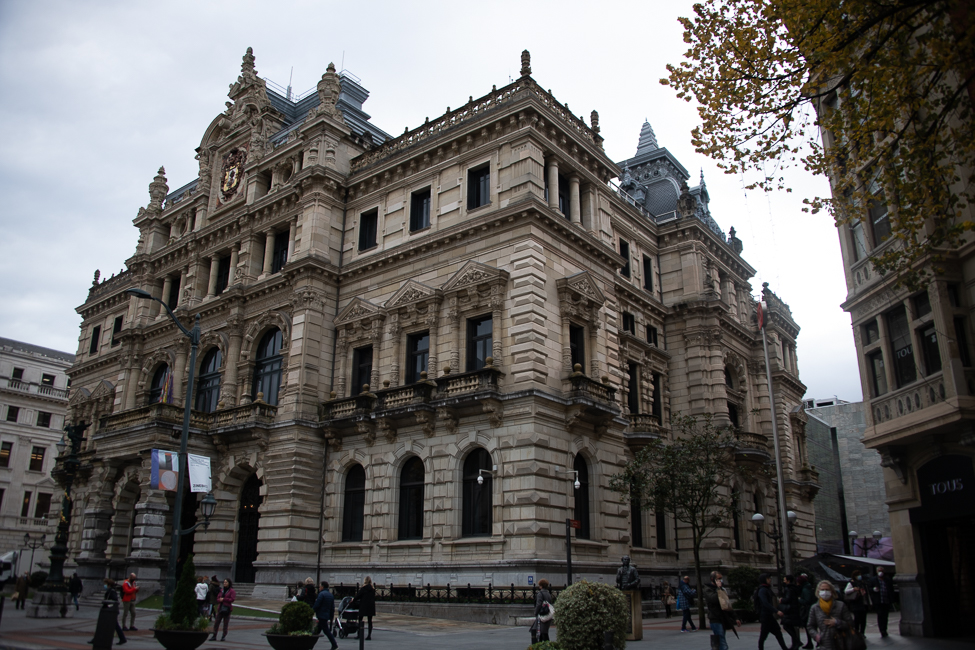
The Diputacion Fora building on Gran via de Don Lopez de Haro is a regional government building. It was built in 1900 and is the work of Luis Alarden
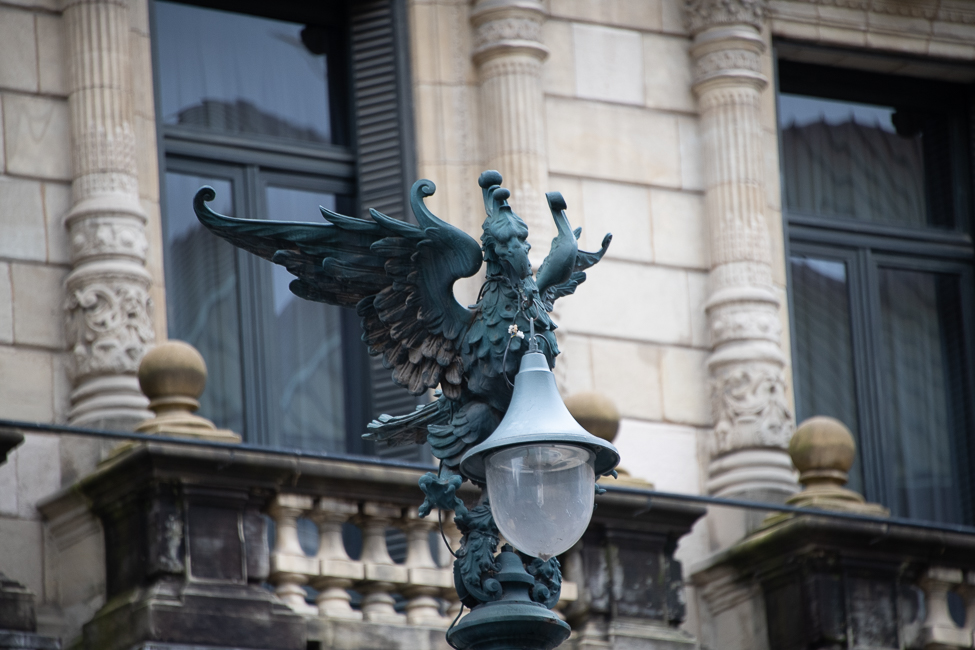
Lamp post outside of Diputacion Flora building

Plaza Nueva
This neoclassical style square is called Plaza Nueva. Built in 1821 it was once the site of the Biscay government. The square is chock-a-block full of restaurants and bars. and each Sunday it hosts a flea market.
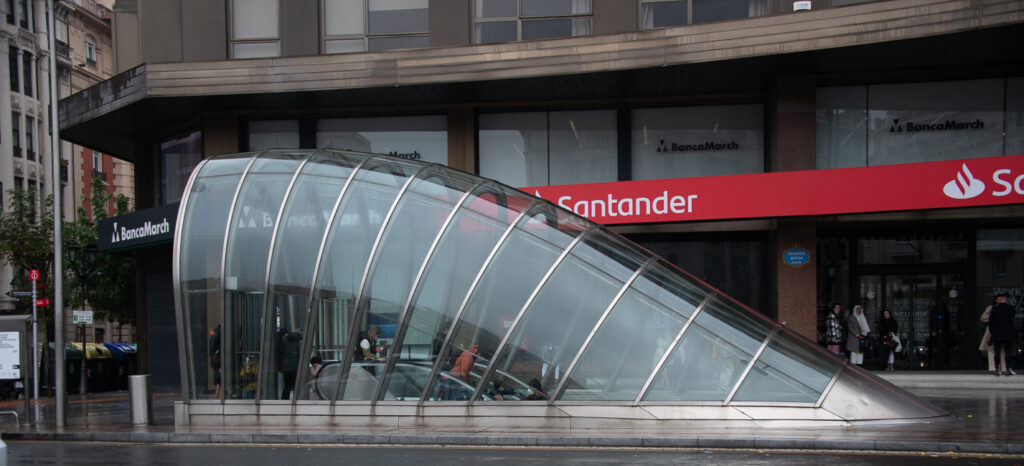
Fosterito
Fosterito is the name given to these fascinating entrance canopies designed by architects Foster + Partners as part of an ongoing renovation of Bilbao’s Metro. To me they are reminiscent of “Dune”.
Public Art all around Bilbao
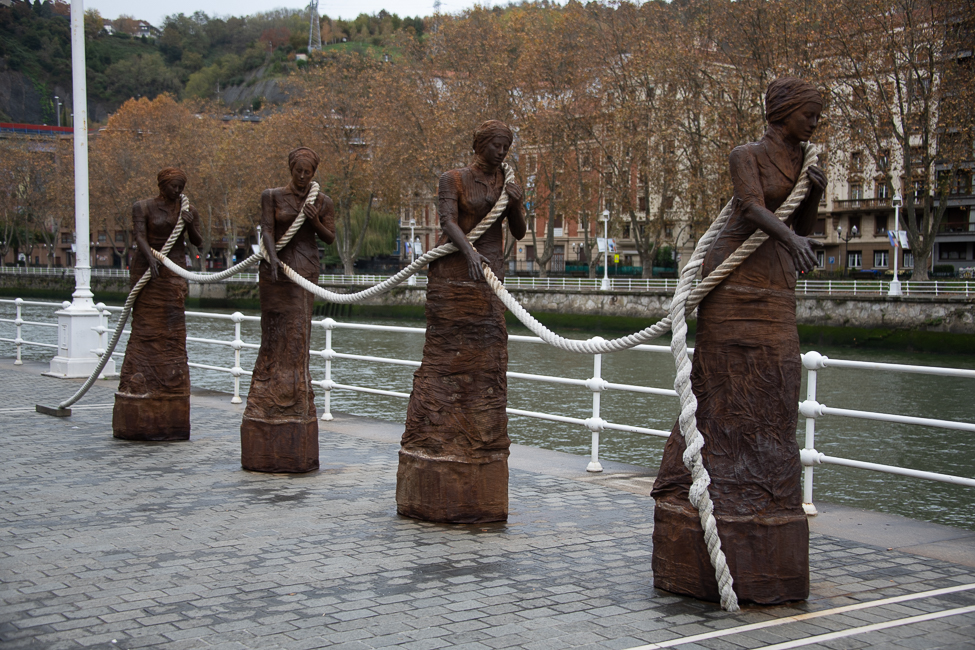
Las Sirgueras
Las Sirgueras by artist Dora Salazar, pays tribute to the sirgueras (the rope girls), who towed vessels along the estuary using only a rope and their own strength.
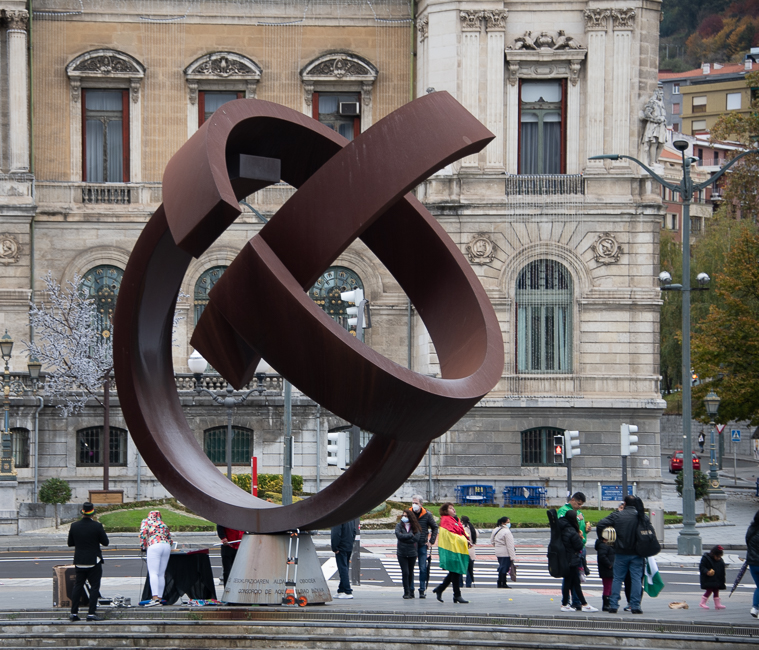
A piece by Jose Oteiza in front of Bilbao’s City Hall
Jorge Oteiza (1908-2003) was one of the most important Basque artists in Spanish 20th-century Art, as well as one of the most influential.
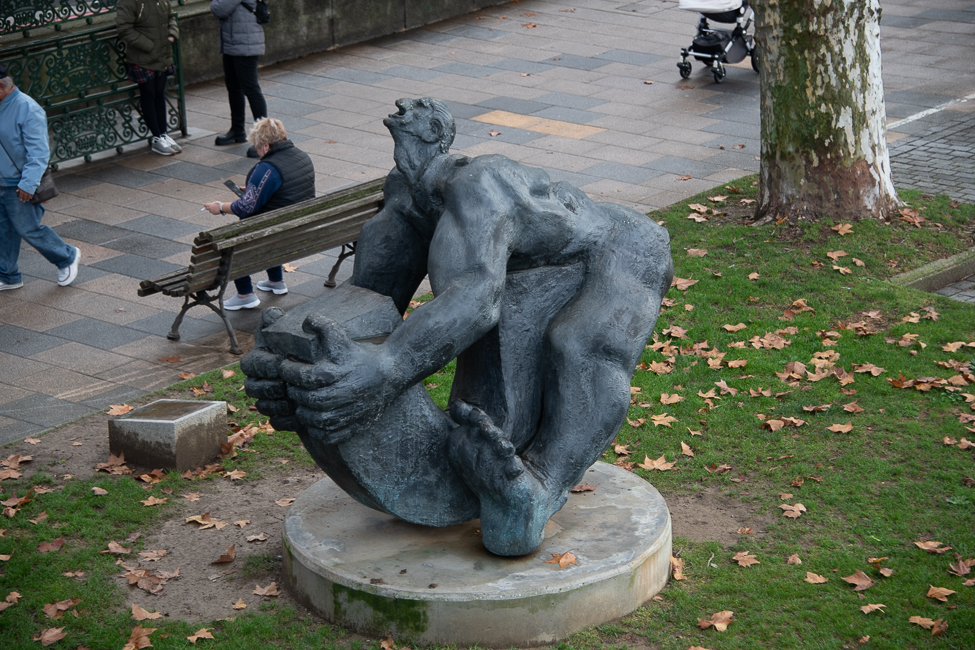
Man beats iron on the Paseo de Campo Volantín. By Basque artist Jesus Lizaso
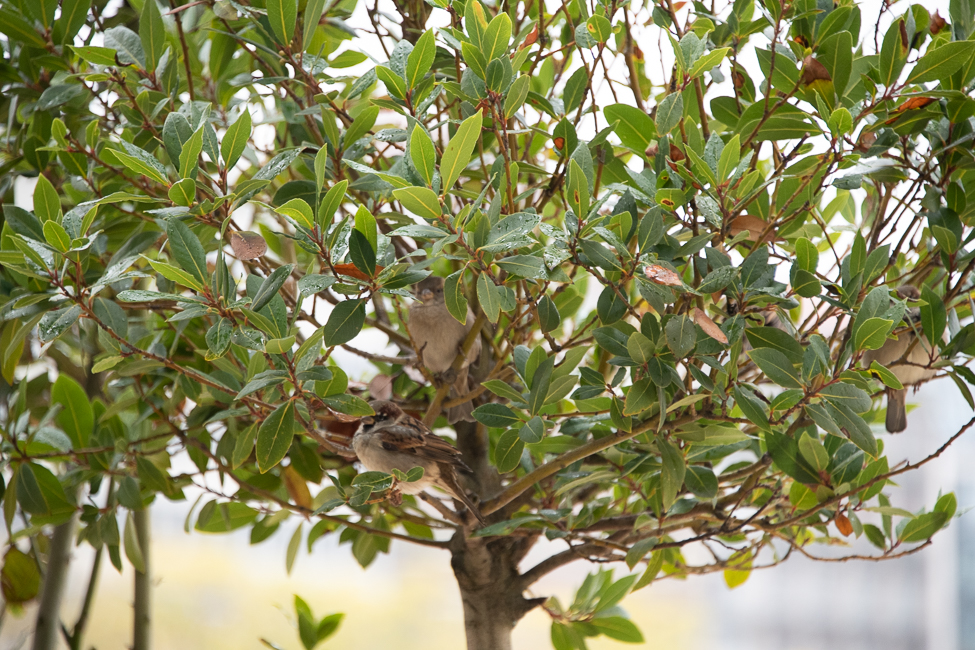
You can tell by the darkness of several of my photos that it has been pouring off and on during my visit. During a stop at a cafe to dodge the rain, I noticed these three fellows doing the same.
This town is a dream for art and architecture lovers. So many people said that I did not need more than one day in Bilbao. They were wrong. I could stay for weeks just exploring the historic buildings and public art. A lesson to never sell a city short, just because it doesn’t have the best reputation.
Yes the Guggenheim helped to revitalize a city that had suffered from terrorism, a failing shipbuilding industry and a polluted river, but the charm of the city has more than redeemed itself, and really no longer needs to depend on people visiting just to see Frank Gehry’s work.

